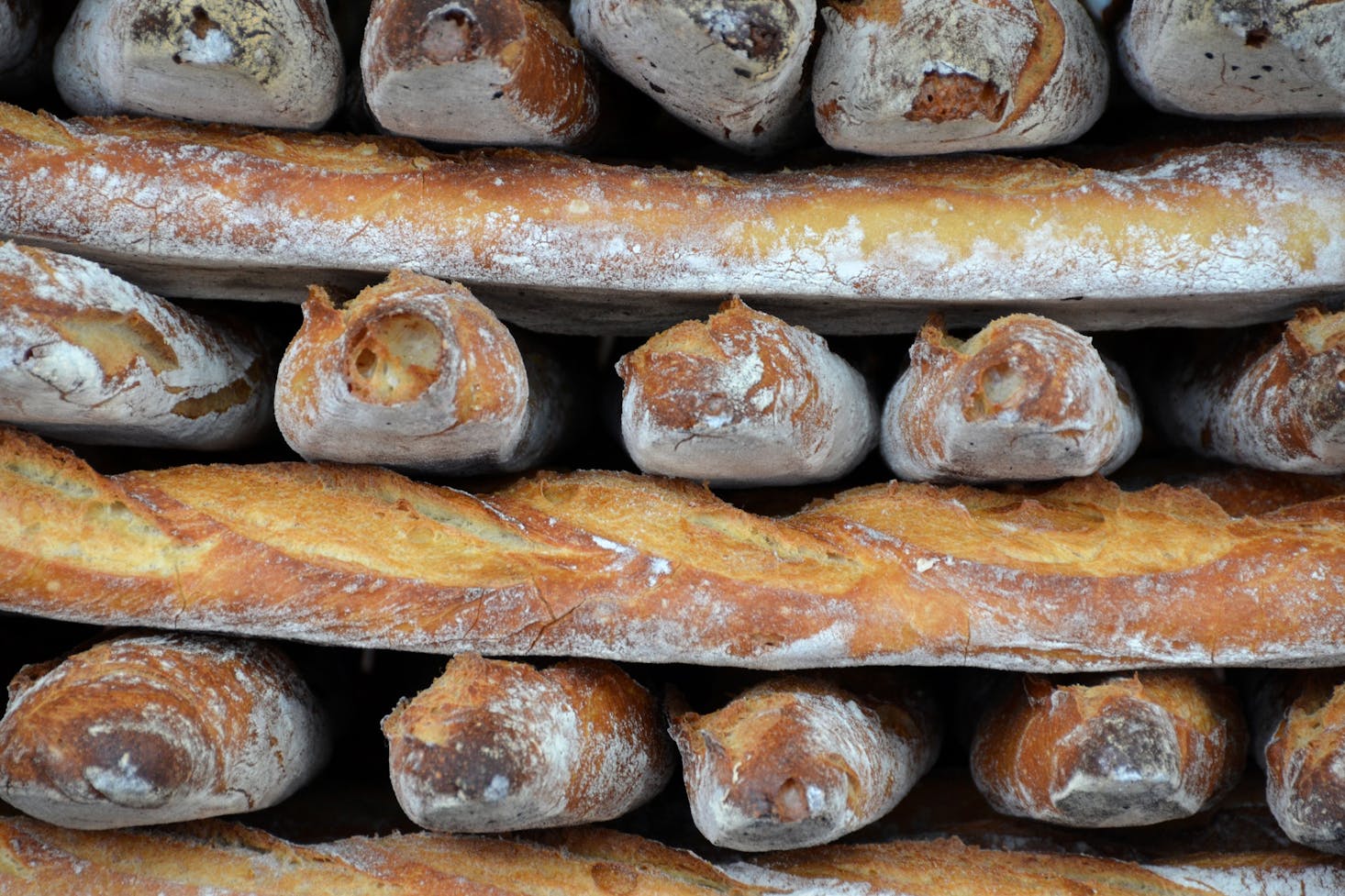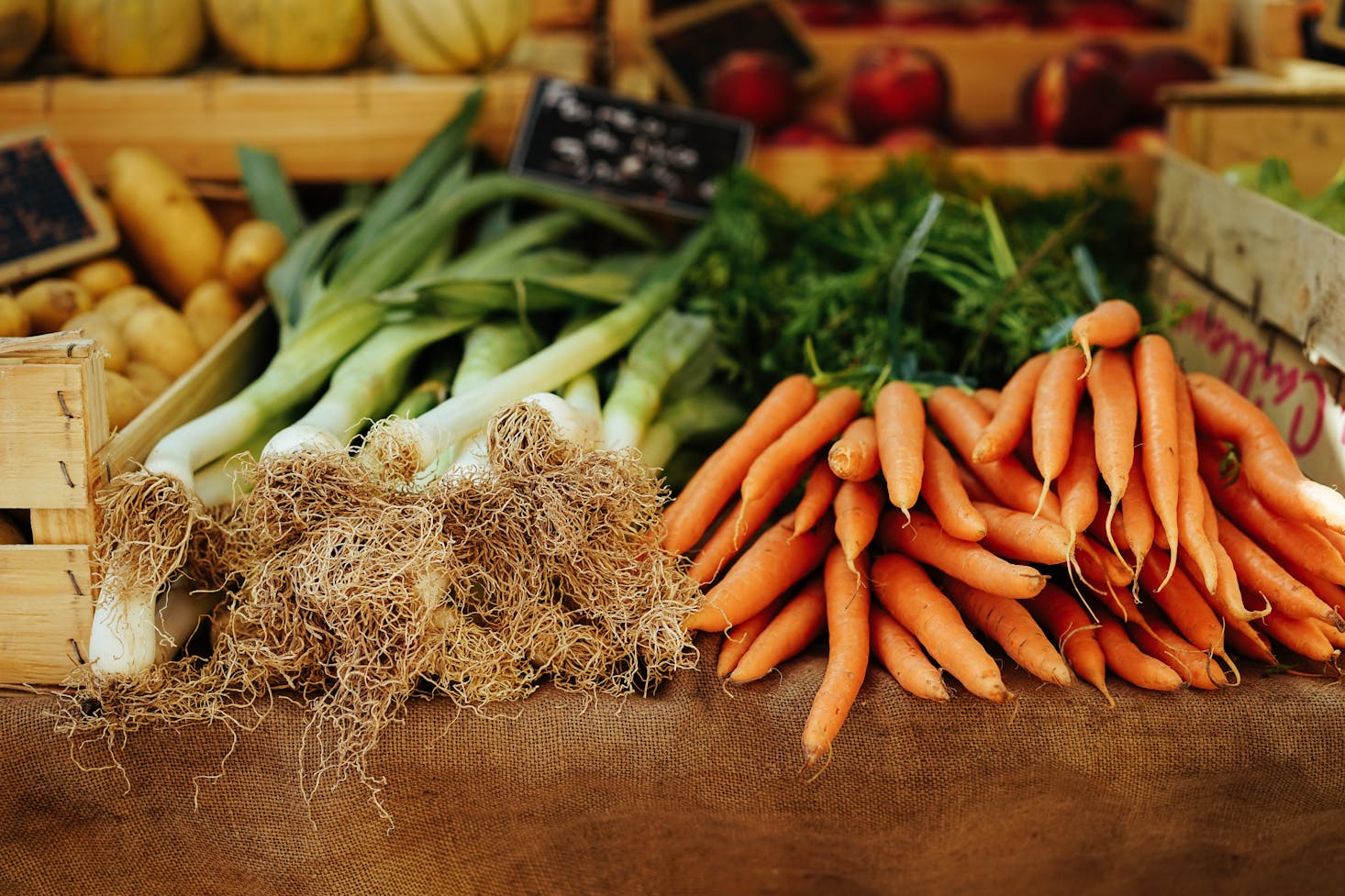Where To Find The Best Street Food in Nice

Nice is a city which offers some great opportunities for the fanatical foodie. There are several reasons for this. Firstly, it sits right on the Mediterranean coast which means that seafood has always been in plentiful supply. Secondly, its proximity to Italy and north Africa means that the cuisine is heavily influenced by other cultures. Finally, the French view themselves as the best cooks in the world, and so they have trapped themselves into having to live up to their own reputation.
All of this adds up to one thing, great eating. Food in Nice can be found in many different forms, ranging from Michelin-starred restaurants to corner cafes. In this city, the best way to get a feel for the culinary culture is through its street food.
Both the city center and famous French Riviera are best accessed on foot. Driving through the narrow streets and trying to find parking are not for the faint of heart and will only detract from the pleasure of your visit. Likewise, dragging cumbersome bags can turn into something of a nightmare. Instead, ditch the car and store your luggage at a convenient luggage storage service in Nice. After that, cast an eye over our guide to the best neighborhoods in Nice and then eat your way around this delightful city.
Socca:
Here is one of the most quintessential Nicoise dishes and, like so many of the world's most famous meals, its roots stem from simple peasant food. Made up of just chickpea flour, olive oil, and a pinch of salt, the ingredients are combined to make a pancake which is cooked either on a hot griddle or in a wood-fired oven.
The dish is widely available and is often served as a starter in restaurants or in the form of socca chips as a side dish. For a more authentic experience, head to the market in Cours Selaya right in the heart of old town Nice. From Gare de Nice-Ville you can easily hop the tram to Opera and then complete the journey on foot.
The Cours Selaya is a colorful and bustling market which you must visit when in Nice. It sells everything from flowers to table cloths and you will almost undoubtedly need to queue for your socca which is as popular with locals as it is with tourists. It will be served on a paper plate and can be eaten with your fingers as you stroll through the market square and admire the stunning Provencal buildings that surround it.
Tourte de Blettes:
Here is another local favorite that you have probably never heard of and which the people of Nice are uncommonly proud of. Essentially, this is a tart made with Swiss chard which is a spinach-like leafy vegetable. For many, this might sound like something to be avoided, especially once they hear that you have the choice of both sweet and savory versions.
In reality, it is surprisingly yummy and can be found in most boulangeries dotted at regular intervals throughout the city. Its flavor is enhanced by the addition of roasted pine nuts and sultanas. It is the sort of dish that can be eaten as finger food as you stroll along the beach front on the Promenade des Anglais admiring the Mediterranean views or as you trawl through the old town peering into quaint little shops. If you prefer to eat at a street-side cafe, this dish is great when accompanied by a glass of white wine.
Barbajuan
Monaco is a tiny principality that nestles up beside Nice, so it should come as no surprise that one or two dishes have made their way across the border and sneaked onto many menus in the city. It consists of a thin pastry wrapped around a mouthwatering mixture of Swiss chard, garlic, onions, and a melange of ricotta and Parmesan cheeses. The fritter is then fried and served hot.
Every chef will have made his own slight variations to this snack and each will tell you that his version is the best, not just in Nice but on the entire planet, and possibly in the universe. You are left with little choice but to sample them as widely as possible in an effort to ascertain which claims are true.
Pissaladiere:
This pizza-like tart is thought to stem from a recipe first created in the 14th century and which is now ubiquitous in Nice. Although at first glance, it may have the appearance of a regular Italian pizza, there are some very important differences. Firstly, it contains no tomato or cheese and secondly, the dough is thicker and more bread-like than its Italian counterpart.
The dough is covered with caramelized onion that has been cooked in an oven with herbs and bay leaves for several hours. This is then topped with anchovies and local black olives. Finally, it is sliced and served much like any traditional Italian pizza, but that is where the similarity ends. One mouthful is enough to taste the difference. The salt from the anchovies contrasts perfectly with the sweetness of the onions.
This is a dish you will find in restaurants or in bakeries throughout the city. It is also served in or around most of the major markets such as Place du Palais or Marche aux Poissons. Most of these markets are centrally placed and so you can access them easily when arriving by either bus or tram from Nice Airport.
Pan Bagnat:
Whether you heading out to suntan on the beach or going up to the heights to take in the spectacular views from Colline du Chateau, this is the perfect picnic snack. In essence, it is a sandwich made from a roll of pain de campagne filled with salad Nicoise, but at the same time, it is so much more.
The interior salad consists of a hard-boiled egg, tomato, olives, garlic, and either tuna or anchovies. Importantly, this mixture is then generously topped with olive oil which seeps into the bread to make it both soft and flavorsome. Pan Bagnat actually translates to bathed bread and it is the dousing of olive oil that really makes this meal different from your run of the mill salad roll.
It may sound like a fairly simple sandwich, but this easy-to-transport, easy-to-eat roll is a meal in itself and is synonymous with Nice. You will find it for sale in boulangeries, supermarkets, and markets across the city.
Coca:
This quintessential dish is always associated with Provencal life. Made as a vegetable stew and cooked with plenty of black olives and a rich abundance of zucchini, this dish is popular throughout France and many other countries.
The problem is, ratatouille is not normally conducive to eating on the go. The ever-practical French have of course, found a way to overcome the inconvenience of a juicy dish that needs to be eaten in the street. Enter coca; this is basically a serving of ratatouille served in a convenient chausson or pastry casing. It can be held in the hand and, though still perhaps on the messy side, can be eaten hot or cold. It offers a delicious meal for those on the go and is also a great meal if you happen to be a vegetarian in a country where vegetarian meals are not always readily available.
Daube Nicoise:
Here is one that you will need to sit down to eat but it is very much integral to the cooking tradition of Nice. Many of the restaurants will include this dish on their menus, but a great place to enjoy one would be a street menu overlooking the picturesque Port de Nice or in La Tavern Massena not far from the Massena Gardens.
Daube Nicoise is a slow-cooked beef stew marinated in red wine for hours with mushrooms, carrots, bay leaves, bacon, celery, and plenty of garlic and herbs. It can be accompanied by that Italian favorite gnocchi or polenta. Another of their specialties, and one widely appreciated in Nice, is les petits farcis which are vegetables stuffed with eggs and ground meat and herbs.
After either of the dishes you might need a stroll around the gardens to digest. Or, for more of a challenge, you could check out our guide to the best hikes in Nice.
Seafood on the go:
In a coastal city like Nice, it would be surprising if you were not able to find great seafood. One place that you are bound to spot if you wander the old town is called Cafe de Turin. This street-front brasserie has been in the same position for one hundred years and is a favorite with both locals and tourists.
Here, most of the eating is done at tables that line the pavement around the restaurant and where you will be served by a waiter. An alternative is to elbow your way to the bar where, once you have secured a spot, you will be able to eat and enjoy a glass of wine in a very different ambiance to the sitting area.
Fresh oysters, sardines, and sea urchins are all popular but the choice is vast so you are bound to find something that tickles your fancy. The cafe is situated on the lively Place Garibaldi which means that you are guaranteed to have the full cabaret of street life to admire while you eat. The cafe does serve a simple dessert course but you might prefer to wander on to one of the patisseries in the area.
Traditional pastries:
French patissiers are in demand all over the world. In Nice there will be no shortage of delightful patisseries where you can duck in and pick up some exquisite looking and delicious snacks that look more like works of art than they do pastries.
One of the city's favorites is La Nicoise on Rue Gubermatis. They offer a broad range of sweet delicacies but look out for one or two of these. Chausson aux pommes is a turnover filled with apples, cinnamon, and vanilla. The tarte au citron is a shortcrust pastry with a sharp lemon custard and a meringue topping, while the Tropezienne is a soft cake filled with vanilla custard cream and topped with powdered sugar.
Fruit Confit:
For those with a sweet tooth, Nice offers a classic that is appreciated not only across France, but is also exported worldwide. Candied fruit is a regional specialty and the largest producer is a company called Confiserie Florian who have been producing this product for generations. They have a shop in Port de Nice that also offers a very interesting tour. Products include candied fruit, crystallized flower petals, and rose petal jam.
Almost all of these products can be bought at any of the many street markets in Nice and the stands are so colorful that they are easy to spot. If you don't eat everything you buy, these products transport well and make welcome gifts.
Gelato:
Although this delicious ice cream originally came from Italy, so many Italians now live in Nice that many would argue that the best gelato is now found in France. The most famous gelaterie in Nice sits on the Place Rossetti directly in front of the Cathedral Sainte Reparate. Fenocchio opened in 1966 and has been run by the same family ever since. They offer ninety-four flavors including rosemary, basil, and tomato.
This is a delightful square on which to sit and enjoy your gelato while you watch the world go by. With a climate that can become extremely hot during the summer months, gelato offers a perfect antidote to the heat. Then again, there are many who would suggest that you don't require warm weather to appreciate the best gelato on the planet.

Love discounts and traveling?
Sign up for our newsletter and get 10% off your next booking.

Best Areas for Street Food
Many of the areas you are most likely to visit are close enough that they almost blend into one another at various points. These are the must-visit areas for both street food, and in order to get a real taste for Nicoise life.
Promenade des Anglais: This is the famous promenade that meanders along the Mediterranean coastline. On one side you have the beach and on the other a restaurant-lined street. This is where you can grab a coffee or a glass of wine and watch the world go by or pick up pan bagnat or beignet to enjoy down on the water's edge.
Cours Saleya: Moving inland from the promenade you enter a different world altogether. The flower market is where the locals come to stock up on fresh vegetables and purchase that all-important bunch of flowers. You will also be exposed to a different type of street cuisine here. Look out for Socca or pissaladiere which are traditional Nicoise finger foods you can munch as you stroll the markets and back streets.
Vieux Nice: This is the old town whose roots go all the way back to when this was just a little fishing village. Here you will find narrow streets lined with small boutiques selling a wide range of regional products. Among the colorful houses you will find quaint little restaurants, eat outside stand ups and takeaways where you will be able to buy le petits farcie, pizzas, numerous fish specialties, and of course, gelato.
Garibaldi: Bordering on the Vieux Nice is an enormous square known as Garibaldi. This bustling area in the heart of Nice is surrounded by popular tourist attractions such as the Masena Gardens and the MAMAC modern art museums. This is a great place for oyster lovers or sweet-toothed pastry connoisseurs.
Port de Nice Lympia: Slightly further east is the old port of Nice overlooked by handsome houses painted in rich Provencal colors. It is easily reached on foot and the walk is pleasant. This is a great place for fresh fish dishes including calamari and friture, but is also the home of one of France's oldest candied fruit producers, Florian.
Conclusion
Like many cities in France, Nice offers plenty of possibilities for the gastronome. The city is easy to get around and you can explore much of it without a car by using the cheap and efficient tram system. Excellent airport links mean that exploring other areas in France is also a very viable option.

Love discounts and traveling?
Sign up for our newsletter and get 10% off your next booking.
